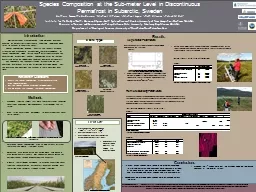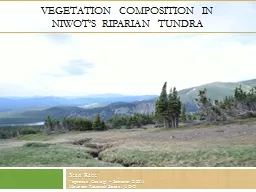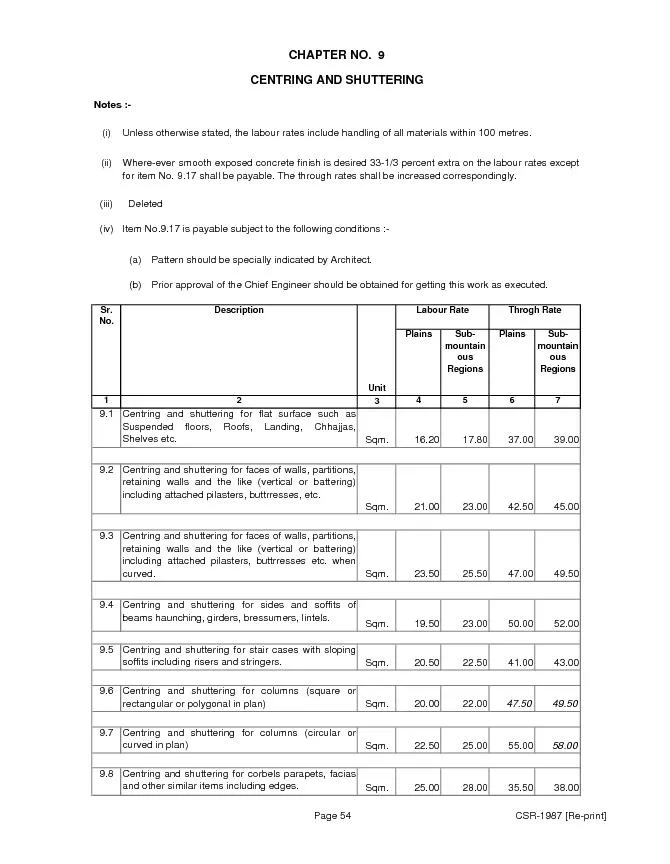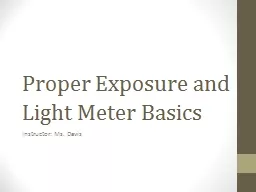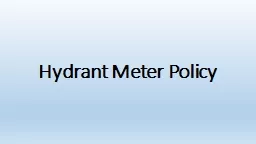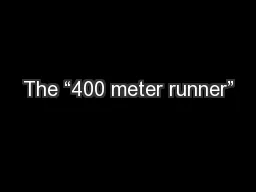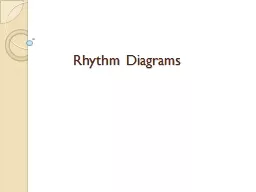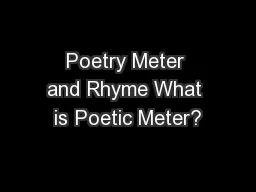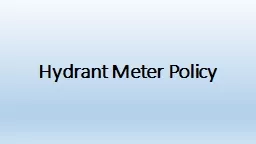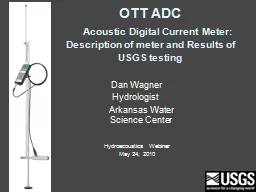PPT-Species Composition at the Sub-meter
Author : celsa-spraggs | Published Date : 2016-05-07
L evel in Discontinuous P ermafrost in Subarctic Sweden Authors Samantha Anderson 1 Michael W Palace 1 Michael Layne 2 Ruth K Varner 1 Patrick M Crill
Presentation Embed Code
Download Presentation
Download Presentation The PPT/PDF document "Species Composition at the Sub-meter" is the property of its rightful owner. Permission is granted to download and print the materials on this website for personal, non-commercial use only, and to display it on your personal computer provided you do not modify the materials and that you retain all copyright notices contained in the materials. By downloading content from our website, you accept the terms of this agreement.
Species Composition at the Sub-meter: Transcript
Download Rules Of Document
"Species Composition at the Sub-meter"The content belongs to its owner. You may download and print it for personal use, without modification, and keep all copyright notices. By downloading, you agree to these terms.
Related Documents

